- Home
- Resources
- Choosing pencil brands
- Prismacolor Premier
Have you tried Prismacolor Premier coloured pencils?
Prismacolor Premier coloured pencils are popular among artists, hobbyists, and students due to their soft cores and vibrant colours.
While some users have reported issues with breakage and misaligned wood casings, Prismacolor Premier pencils are still highly prized for their smooth, blendable application.
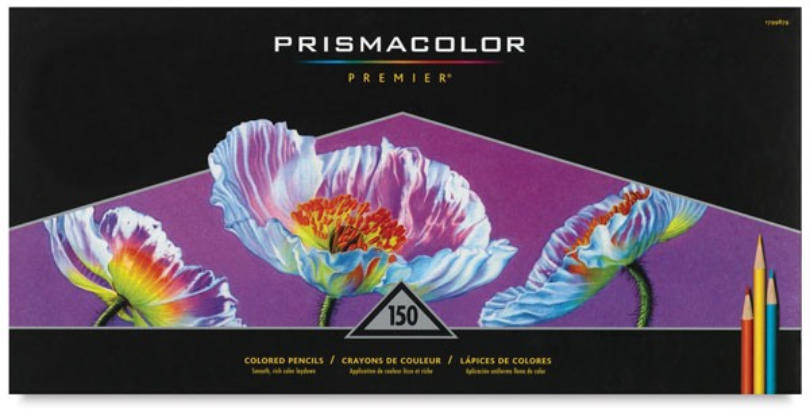
History and availability
Prismacolor pencils originated in the USA and became a top choice for American artists.
Historically, their UK counterpart, the Karisma pencils, shared the same core and were highly regarded until production ceased. At that time many UK artists turned to Prismacolor for the same reasons that made Karisma popular.
Though Prismacolor pencils manufacture moved to Mexico in 2010, they remain widely available through various online retailers worldwide, including the UK.
Prismacolor Premier Pencils
The Prismacolor Premier pencils have a soft wax core that many artists adore for their creamy texture and excellent blending capabilities.
Personally, I find that the softness of Prismacolor pencils can be both a blessing and a curse.
On one hand, their ability to blend smoothly and create bold expressive work is unmatched.
On the other hand, their soft leads can break easily, leading to wasted material and frustration. It's necessary to handle these pencils gently and use light pressure when applying them, to help prevent breakage and ensure sharp lines.
I also find a hand sharpener, like those from the German manufacturer Kum work better than hand crank or electric sharpeners for these pencils.
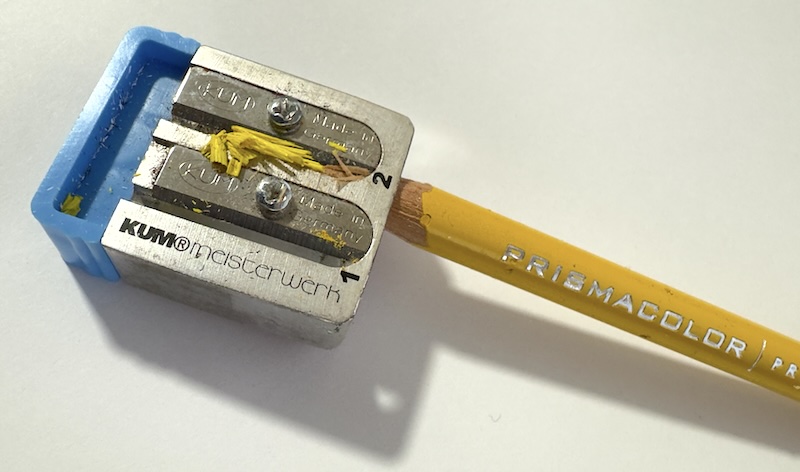
Comparing Prismacolor to Polychromos
When it comes to testing pencils, it's essential to maintain an open mind.
What may not suit one person could be perfect for you. Each artist has unique preferences and techniques, and these differences can significantly influence how well a particular brand of pencils performs for them.
These pencils are often compared to Faber Castell Polychromos so I decided to test them both.
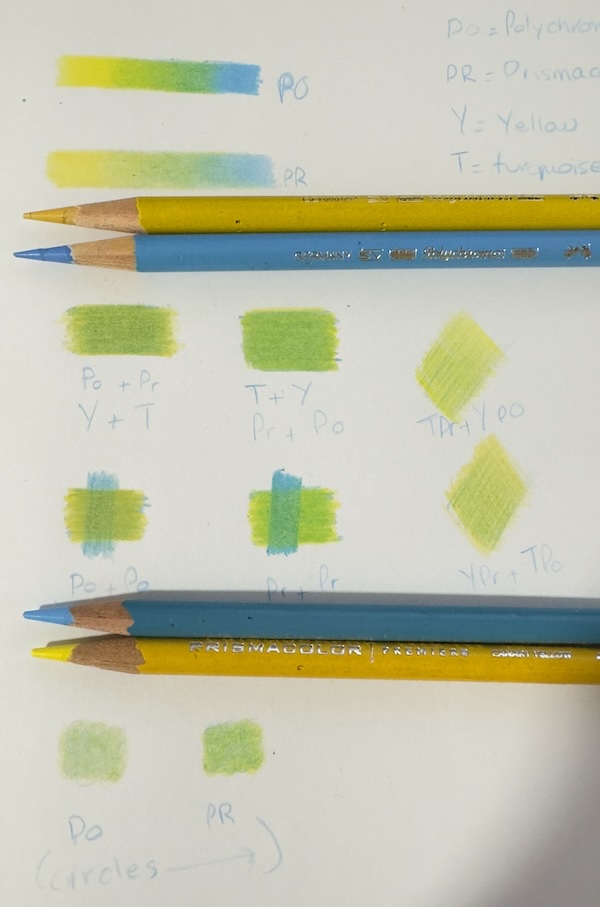 Testing Prismacolor Premier and Polychromos pencils
Testing Prismacolor Premier and Polychromos pencilsThe photos (above and below) show my results when comparing Prismacolor and Polychromos pencils. I picked similar colours from each brand. I started my tests with sharpened pencils.
I labelled my use of Prismacolor with PR and Polychromos as PO. I used them separately and in combination.
The first thing that strikes me when looking at the results is that the Polychromos are more muted, which for the subjects I draw is not an issue, but could be for you.
I also noticed the translucency of the Polychromos compared with the opaqueness of Prismacolor.
For the first blending strips in the photo below, I used each brand separately. Then I moved on to trying them together.
The brands laid down on top of each other easily, even with repeated layers of each type.
I used gentle pressure with all the pencils, but you can see how much the Prismacolor tips blunted after just this small amount of drawing, while the Polychromos were still sharp.
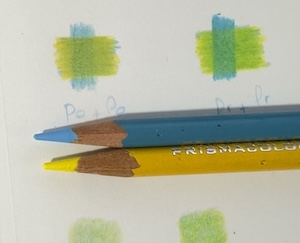 Blunt Prismacolor tips after the test
Blunt Prismacolor tips after the test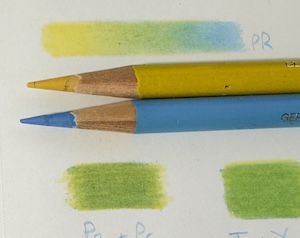 Polychromos tips were still sharp
Polychromos tips were still sharpAn artist's choice of colored pencils often boils down to their individual preferences and the style they wish to achieve.
Some artists may prefer the rich saturation of Prismacolors for their bold, expressive work. In contrast, others might appreciate the precision and durability of Faber Castell Polychromos for their intricate details.
It's an interesting notion that the medium itself can steer the artistic direction.
My recommendations
- Choose Prismacolor if you prioritize blending, vibrant color application, and smooth shading.
- Choose Faber-Castell Polychromos if you need precision and firmness, especially for fine details in your artwork.
- Choose Derwent Colorsoft for a middle-ground between soft wax and firm cores, offering versatility across different techniques.
The Prismacolor pencil range
Sanford also offers Verithin pencils, in a limited range of colours which have a narrow, hard core ideal for refining edges; as well as a range of watercolour pencils.
Prismacolor Premier pencils come in a wide range of colours, with sets available in sizes from 12 to 150 colours, including the previously discontinued Deco range.
However, only 57 colours are rated with the best lightfastness, a concern for the serious artist, especially those creating commissioned work. An additional 26 pencils, rated II or Very Good, can be added to your palette to give a wider variety without too much risk of your artwork fading away over time.
But as I illustrated above, you can include highly lightfast pencils from other brands to fill in any gaps, as they work well together on the whole.
Prismacolor's wide colour range, softness, and affordability make it a popular choice among artists. Additionally, many American tutorials specify Prismacolor colours, which further contributes to their enduring popularity.
Improve Your Pencil Art: Get Free Tips & Techniques
Sign up for our newsletter – just occasional emails packed with practical advice and inspiration for pencil artists like yourself






